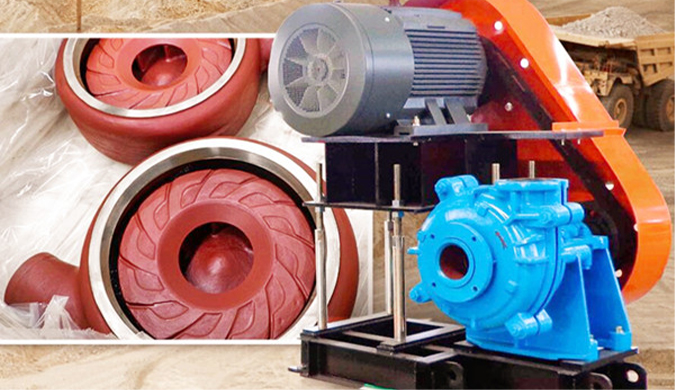Urdu
- Afrikaans
- Albanian
- Amharic
- Arabic
- Armenian
- Azerbaijani
- Basque
- Belarusian
- Bengali
- Bosnian
- Bulgarian
- Catalan
- Cebuano
- Corsican
- Croatian
- Czech
- Danish
- Dutch
- English
- Esperanto
- Estonian
- Finnish
- French
- Frisian
- Galician
- Georgian
- German
- Greek
- Gujarati
- Haitian Creole
- hausa
- hawaiian
- Hebrew
- Hindi
- Miao
- Hungarian
- Icelandic
- igbo
- Indonesian
- irish
- Italian
- Japanese
- Javanese
- Kannada
- kazakh
- Khmer
- Rwandese
- Korean
- Kurdish
- Kyrgyz
- Lao
- Latin
- Latvian
- Lithuanian
- Luxembourgish
- Macedonian
- Malgashi
- Malay
- Malayalam
- Maltese
- Maori
- Marathi
- Mongolian
- Myanmar
- Nepali
- Norwegian
- Norwegian
- Occitan
- Pashto
- Persian
- Polish
- Portuguese
- Punjabi
- Romanian
- Russian
- Samoan
- Scottish Gaelic
- Serbian
- Sesotho
- Shona
- Sindhi
- Sinhala
- Slovak
- Slovenian
- Somali
- Spanish
- Sundanese
- Swahili
- Swedish
- Tagalog
- Tajik
- Tamil
- Tatar
- Telugu
- Thai
- Turkish
- Turkmen
- Ukrainian
- Urdu
- Uighur
- Uzbek
- Vietnamese
- Welsh
- Bantu
- Yiddish
- Yoruba
- Zulu
Telephone: +86 13120555503
Email: frank@cypump.com
دسمبر . 18, 2024 17:10 Back to list
sump pump and ejector pump
Sump Pumps and Ejector Pumps Essential Components for Home Drainage Systems
When it comes to home maintenance, ensuring proper drainage is crucial for protecting your property from water damage and maintaining a healthy living environment. Two essential devices designed specifically for this purpose are sump pumps and ejector pumps. Though they serve different functions, both play vital roles in managing unwanted water in residential settings.
What is a Sump Pump?
A sump pump is a device primarily used to remove water that accumulates in a sump basin, typically located in the basement or crawl space of a home. Its primary function is to prevent flooding and keep the area dry. Sump pumps are especially important in regions where water tables are high or during heavy rainfall, as they help to mitigate water accumulation that can lead to structural damage or mold growth.
There are two main types of sump pumps—submersible and pedestal. Submersible sump pumps are designed to be placed underwater in the sump pit, effectively pumping out accumulated water. Pedestal pumps, on the other hand, have a motor mounted above the sump pit, and they use a long shaft to drive the pump mechanism submerged in the water. Each type has its advantages; for example, submersible pumps tend to be more efficient and quieter, while pedestal pumps are easier to service.
How Does a Sump Pump Work?
Sump pumps are typically equipped with a float switch that detects water levels in the sump basin. When water rises to a predetermined level, the float switch triggers the pump, which activates and begins to pump out the water through a discharge pipe. This process continues until the water level decreases to a safe level. Sump pumps are often powered by electricity and come with a battery backup option that ensures continued operation during power outages.
What is an Ejector Pump?
sump pump and ejector pump

An ejector pump, while somewhat similar, serves a different purpose. Ejector pumps are designed to remove wastewater from fixtures located below the level of the main sewer line. This makes them crucial for bathrooms, laundry rooms, or other areas that are situated lower than the septic system or municipal sewer. Ejector pumps function by grinding up waste before pumping it upwards to the level of the sewer line, using a centrifugal mechanism to ensure efficient movement.
Ejector pumps can handle a variety of liquid waste materials, including water from toilets, sinks, and washing machines. Given their function, they are usually installed in a sealed basin that captures wastewater before it's pumped out.
The Importance of Both Pumps
Both sump and ejector pumps are essential for maintaining a safe and functional home drainage system. A properly installed sump pump can prevent basement flooding, which could lead to costly repairs and health hazards from mold. Ejector pumps, on the other hand, ensure that wastewater is efficiently transported away from living spaces, maintaining hygiene and preventing sewage backups.
Regular Maintenance is Key
To ensure these pumps function optimally, regular maintenance is necessary. Homeowners should routinely check both types of pumps for any signs of wear, clear any debris from the pump and discharge pipes, and test the automatic switch to ensure it is operational. This proactive approach can save homeowners from potential frustrations and damages due to pump failures.
In conclusion, sump pumps and ejector pumps are critical components of home drainage systems. By understanding their distinct functions and ensuring proper maintenance, homeowners can effectively safeguard their properties against water-related issues and enhance their living conditions. Investing in these devices not only helps protect your home but also contributes to a healthier and more comfortable living environment.
-
Heavy-Duty Mining Sludge Pumps - Wear-Resistant Slurry Handling
NewsAug.02,2025
-
Horizontal Split Case Pump with GPT-4 Turbo | High Efficiency
NewsAug.01,2025
-
ISG Series Pipeline Pump - Chi Yuan Pumps | High Efficiency, Durable Design
NewsAug.01,2025
-
Advanced Flue Gas Desulfurization Pump with GPT-4 Turbo | Durable & Efficient
NewsJul.31,2025
-
ISG Series Vertical Pipeline Pump - Chi Yuan Pumps | Advanced Hydraulic Design&Durable Construction
NewsJul.31,2025
-
ISG Series Vertical Pipeline Pump - Chi Yuan Pumps | Energy Efficient & Low Noise
NewsJul.31,2025










